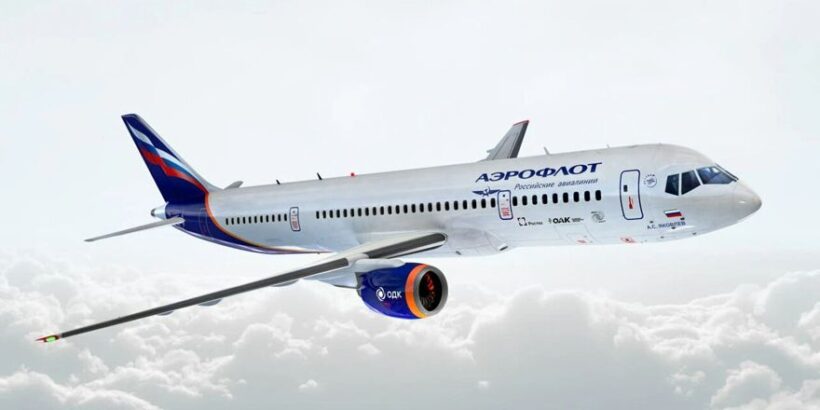Updating its fleet with domestically manufactured aircraft is a strategic priority for Aeroflot. The MC-21 program is a cornerstone of this initiative, with the airline expecting to receive over 100 aircraft of this type in the coming years. This was announced by CEO Sergey Alexandrovsky in an interview with Rossiya 24 TV channel.
“Our objective is the introduction of new Russian-built MC-21 aircraft into the group’s fleet. We plan to acquire more than 100 aircraft by 2030, and preparations for their operation are already underway,” stated Mr. Alexandrovsky, outlining the company’s plans.
The group’s overall development strategy for the period after 2030 envisions the delivery of 339 domestically produced aircraft, including 210 MC-21s, 89 SJ-100s (Sukhoi Superjet 100, a regional jet), and 40 Tu-214s (Tupolev Tu-214, a medium-range airliner). These plans are formalized in an agreement between Aeroflot and the United Aircraft Corporation (UAC) to replace foreign-built aircraft being phased out of the group’s fleet with domestic alternatives. A 16.8% increase in passenger traffic for the group in 2024 and a market share of 42.7% demonstrate the company’s stability and the need for fleet modernization with Russian-manufactured aircraft.
Sergey Alexandrovsky noted the pilots’ eagerness to retrain on the MC-21, indicating a positive perception of the new aircraft and the flight crews’ readiness to master its operation. MC-21 pilot training has already commenced, utilizing advanced simulators developed under contract by the former Irkut Corporation (now Yakovlev Public Joint Stock Company). The use of simulators reduces training time and enhances training quality. Aeroflot’s training center is equipped with the first MC-21 simulator, which is continuously upgraded based on flight test results.
Parallel to pilot training, maintenance personnel are also undergoing training on the MC-21. Training programs include theoretical and practical components, as well as mandatory certification. Particular emphasis is placed on mastering new systems and equipment to ensure the reliable operation of the new Russian aircraft. Qualified technical personnel are crucial to the uninterrupted operation of the fleet and minimizing downtime during the introduction of new aircraft types.
Infrastructure modifications within the company are commensurate with the scale of the fleet renewal program. Aeroflot plans to construct additional hangars capable of accommodating up to 10 MC-21 aircraft simultaneously. Currently, the company’s hangar space exceeds 33,000 square meters (355,209 sq ft) and allows for the simultaneous maintenance of three wide-body and 18 narrow-body aircraft. The infrastructure expansion is aimed at ensuring a high level of maintenance and reducing aircraft turnaround time, added Alexandrovsky.
The comprehensive aircraft industry development program through 2030 anticipates the production of nine MC-21s in 2025, 31 aircraft in 2026, 36 in 2027, 50 in 2028, and 72 aircraft in both 2029 and 2030. However, these plans are subject to revision. In 2025, the MC-21-310 certification continues, with serial deliveries to the first customers, including Aeroflot, expected from autumn 2026. Therefore, Aeroflot’s plans to receive more than 100 MC-21 aircraft in the following four years appear ambitious.
Aeroflot’s transition exclusively to Russian-built aircraft is driven not only by strategic industry development objectives but also by geopolitical circumstances. Sanctions and severed ties with foreign manufacturers preclude the possibility of procuring foreign aircraft and components for an estimated 15-20 years. Under these conditions, the entire Russian civil aviation sector must rely solely on the domestic aircraft industry.
Foreign-built aircraft will continue to be operated until they reach the end of their service life, after which they will be gradually retired. This applies to all foreign brands, including business jets. In this environment, the focus on the MC-21, SJ-100, and Tu-214 becomes the only viable strategy for both the largest Russian airline and all others whose fleets predominantly consist of foreign equipment.


